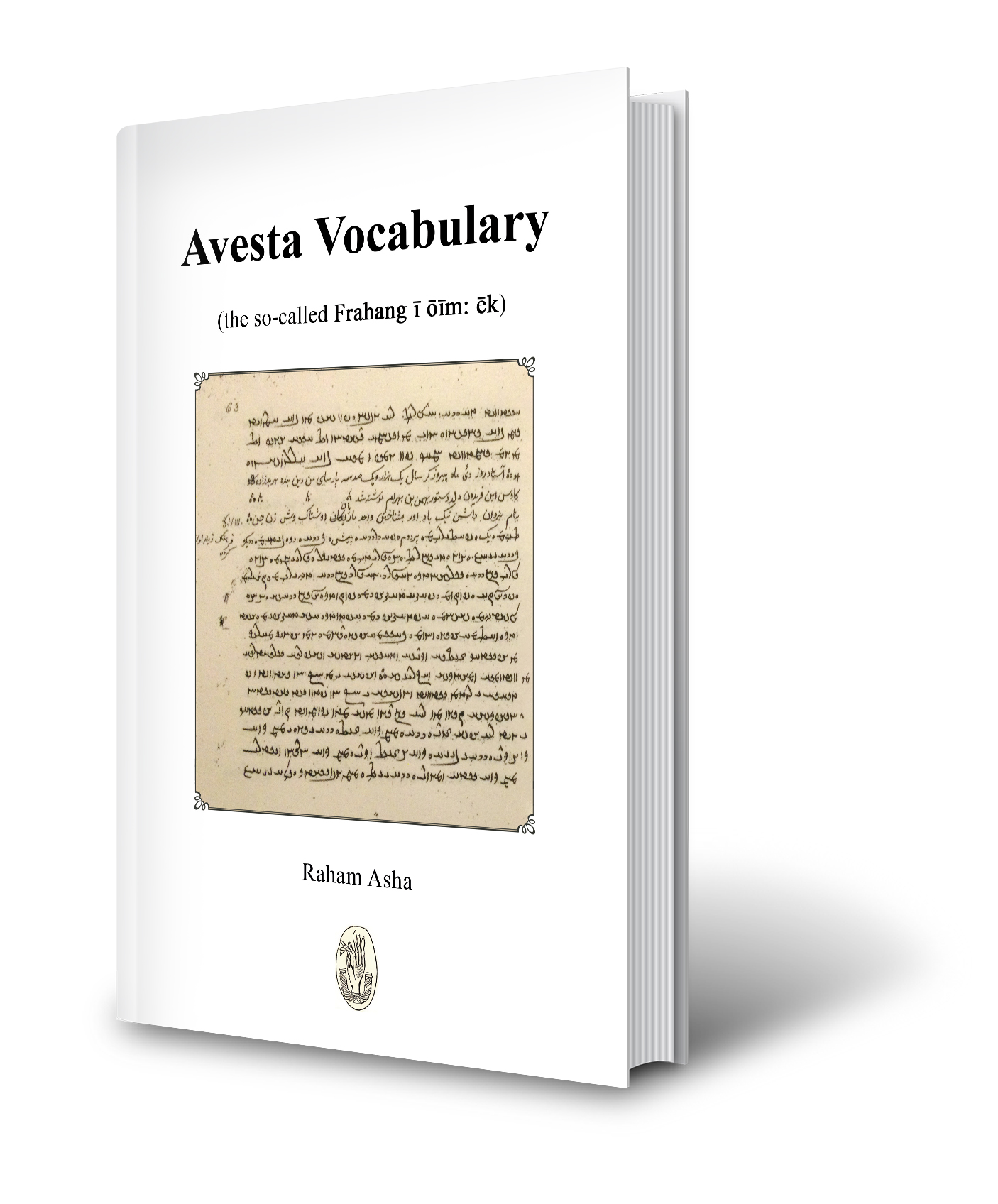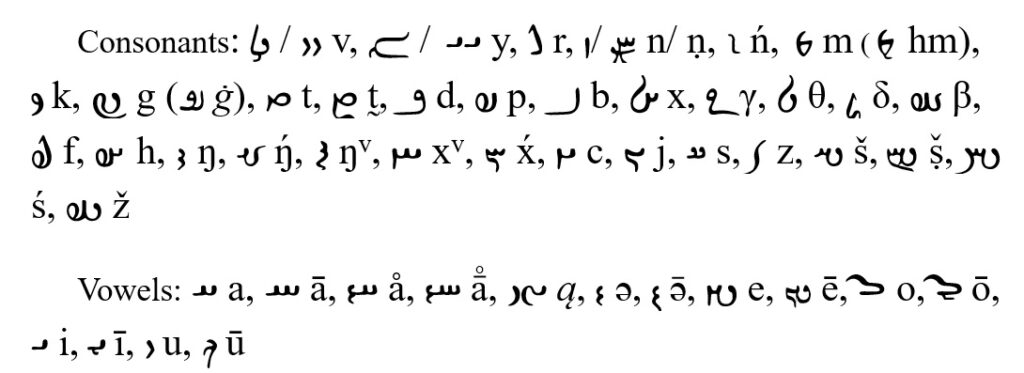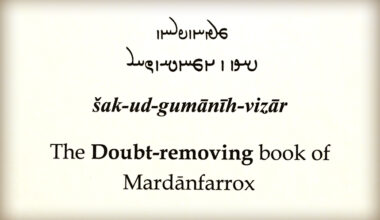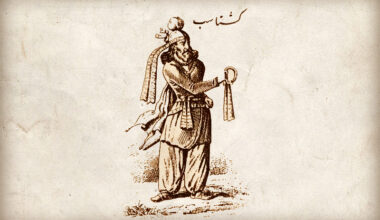Raham Asha, Avesta Vocabulary (the so-called Frahang ī ōīm: ēk), Mumbai, The K. R. Cama Oriental Institute, 2023, ISBN 978-2-9579653-2-8, EAN 9782957965328, Tehran, Shourafarin, 2023, ISBN 978-622-259-114-4.
First edition: Raham Asha, Avesta glossary: A glossary of Avesta words and their Pārsīg equivalents, based on the Zand, the so-called Frahang ī ōīm: ēk, Text and Grammatical Notes, Mumbai: K. R. Cama Oriental Institute, 2009.
Introduction
The book, which is here published, gives a collection of words and phrases explained in Pārsīg. The title of the book is: “About the lore of the Avesta Vocabulary[2], that is, what and how its Zand (‘gloss’) is”. However, the later copyists of the book cleped the title frahang ī ōīm: ēk[3] for it.
The Avesta Vocabulary can be divided into two categories –the one arranged according to themes, and the other according to the letters of the alphabet– and twenty-seven chapters. Even a cursory glance at the book reveals that it contains only a few topics discussed in the Avesta, lacks some chapters of the second category, and is made up of parts of different values, written by different authors of different ages. “The alphabetical part of the Glossary which is, on the whole, of much less value than the other part, may be of later date. A vocabulary of this kind may have been composed, from old sources, already during the Parthian reign. At the time of the restoration of the religion by Ardashir, when all works bearing on the understanding of the sacred books were eagerly sought after, the fragments of old glossaries were certainly not overlooked, and it is to that period that we owe this Zand (Avesta)-Pahlavī Glossary in its present incomplete and fragmentary state. It was subsequently only copied, and appears to have been occasionally interpreted, chiefly in the alphabetical part. Besides, it suffered much from the hands of the copyists who were hardly able to understand it.”[4]
The first three chapters constitute a coherent work composed by the one who intended not only to offer the meanings of the words but also to deal with the classes of words, their inflections, their functions and relations in the sentence, to mark the peculiar features of the words –common or Gathic, Ahuric or Daēvic, etc. But we do not find pages treating the inflectional types or other grammatical rules, and it seems that the text has been left incomplete and the compiler has skipped the rest of the book to start another section.
The next twenty-one chapters are arranged according to the letters of the alphabet. Note that the Avesta script (dēndabīrīh) has, apart from a number of vowels, thirty-three consonants:
The consonants represent the thirty-three orders of Aṣ̌a[5], the thirty-three texts of the Staota Yesnya of the Yasna[6], and possibly denote the numerals 1 to 9 and the symbol 0 (the vowels, standing alone, represent 0)[7].
In this glossary the order of the letters is seemingly at random, some initial letters are left out, and there are also two chapters (6 and 11) that contain words beginning with m. This latter point shows clearly that these two chapters come from two different works.
Chapter 25 deals with sins or offences pertaining to the soul and those toward opponents. Some names of crimes only appear in their Pārsīg forms. Some Avesta terms for crimes which are not found in the extant Avesta, but the book Nikātama had given their specifications, are mentioned in this chapter, for example, duδuβi.buzda and tāyušā̊s-ca; some, such as šuąs, are nowhere else to be met with (except, possibly, in the Petit Ērānī). The text of this chapter is fractured and in part corrupt, and its style shows that it possibly comes from a different work.
Chapter 26 contains miscellaneous words and phrases.
Then comes the last chapter that may belong to the same book as the first three chapters. It has three parts; the last part is incomplete since its last line introduces an Avesta quotation from the Duždāθrō.jaiti but ends abruptly.
There are numerous words and quotations from the Avesta Nasks which are not found in the texts now extant.
To read the full preface and notes, see: Avesta Vocabulary (the so-called Frahang ī ōīm: ēk), pp 7-11.
Purchase
To purchase the PDF version of the book, please send an email to the address below. In your email, kindly indicate whether you are purchasing from within Iran or from outside Iran, so that the appropriate purchasing method can be provided.
PersoAryanStudies@gmail.com








1 comment